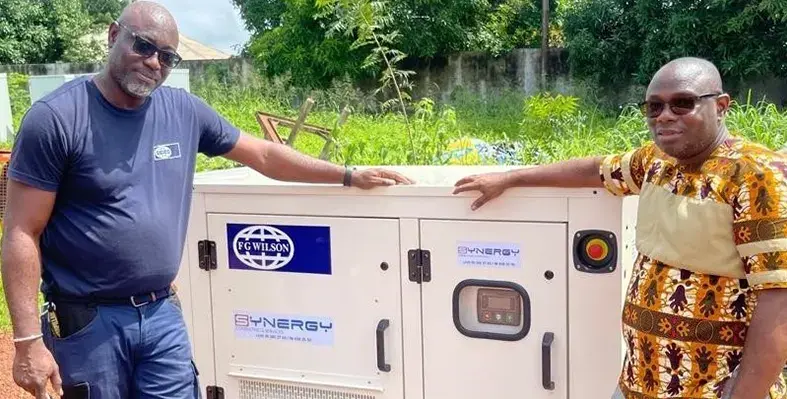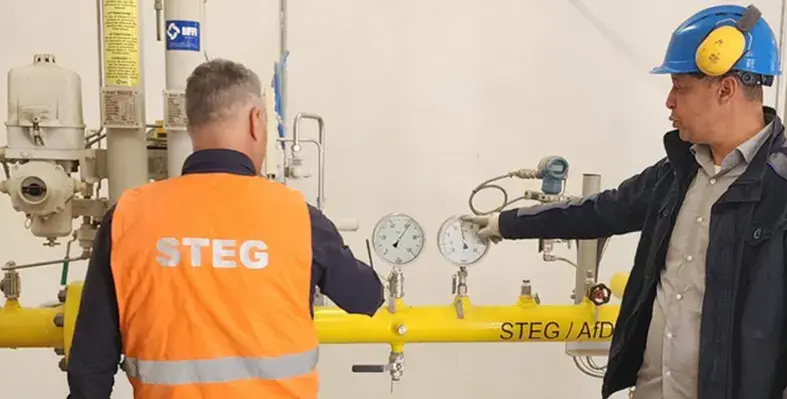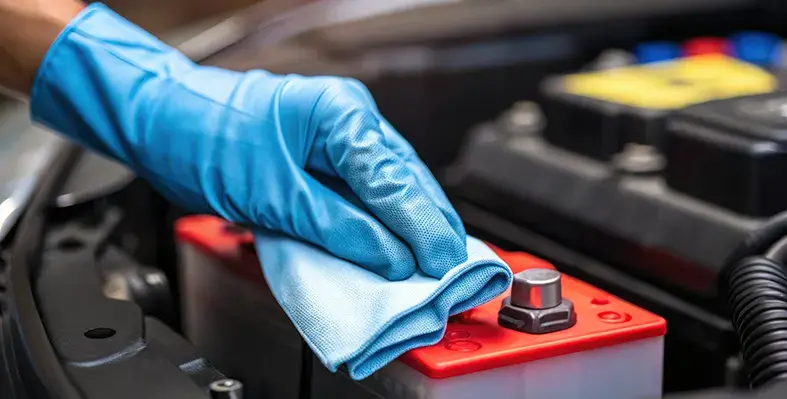
Rolls-Royce and INERATEC to integrate climate-neutral e-fuels into backup power systems for data centre sustainability
Rolls-Royce and INERATEC, a leading manufacturer of power-to-X systems and climate-friendly e-fuels, have announced a strategic partnership aimed at introducing INERATEC's climate-neutral e-fuels into emergency power systems for data centres
This initiative seeks to redefine the role of e-fuels in the digital era.
A new future for e-fuels in data centres
With the rapid expansion of data centres, especially driven by the surge in artificial intelligence, energy consumption in this sector is on the rise. Simultaneously, these centres, many part of critical infrastructure, require robust protection from power disruptions. This is where the collaboration between Rolls-Royce Power Systems and INERATEC comes into play. The companies intend to replace fossil diesel with INERATEC’s synthetic e-diesel, produced from green hydrogen and CO₂, in emergency generators. The first stage of the rollout will focus on data centres in Germany.
Rolls-Royce Power Systems is supporting the integration of sustainable fuels in its data centre emergency power solutions. This offers a reliable, cost-effective, and carbon-neutral approach to one of the key challenges in digital infrastructure.
“Rolls-Royce mtu emergency generators have already been approved for operation with sustainable fuels. Our critical infrastructure customers, such as data centers, who want to improve their carbon footprint, will soon also use e-fuels. Together with INERATEC, we are committed to the use of e-fuels in data centers," said Tobias Ostermaier, President Stationary Power Solutions at Rolls-Royce Power Systems.
“Secure power supply to AI data centers is one of the major challenges of our time. Our e-fuels can offer a climate-neutral solution - reliable, scalable and immediately applicable. Together with Rolls-Royce, we are taking them where they are already urgently needed today," added Maximilian Backhaus, chief commercial officer at INERATEC.
The initial phase of the partnership includes a targeted market introduction in Germany. With short delivery routes from INERATEC's production site "ERA ONE" in Frankfurt, rapid deployment is feasible. INERATEC's e-fuels are derived from renewable energy sources and CO₂, complying with internationally recognised environmental certifications such as ISCC. Over time, both companies plan to expand their collaboration globally.









